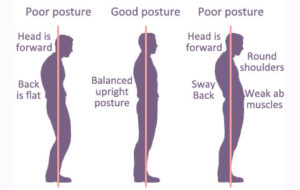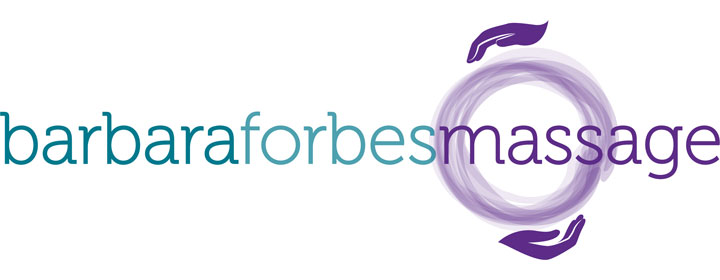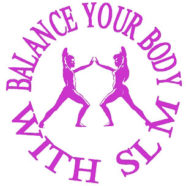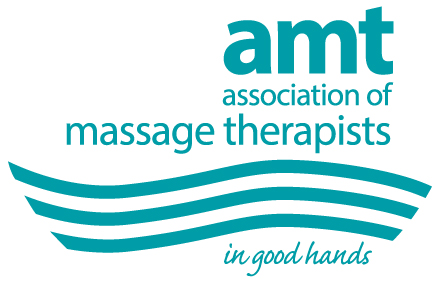Our standing posture plays an important role in the way we feel, both physically and psychologically. Incorrect posture places excessive strain and tension on our muscles and can often be a major contributor to those painful back and neck problems.

Long term posture issues can have debilitating musculoskeletal effects and should be corrected as soon as possible.
Bad habits like slouching, sticking your bottom out and looking down when walking can lead to postural dysfunction and imbalance. If these habits are continued for long enough, the spine and other joints can be pushed out of their normal alignment. Postural dysfunction and imbalance can cause many issues such as spinal dysfunction and joint degeneration.
Why should I have good posture?
• Keeps bones and joints in alignment
• Reduces abnormal wear of joint surfaces that could reduce the onset of arthritis
• Reduces muscle fatigue, because muscles are being used more efficiently
• Prevents the spine from becoming fixed in abnormal positions
• Prevents back and muscular pain
• Decreases strain and overuse problems
• Decreases the stress on ligaments
Symptoms of poor posture can include:
Rounded shoulders
Pot belly
Bent knees when standing or walking
Head that either leans forward or backward
Muscle fatigue
Back ache
Headache / migraine
Muscle fatigue
Remedial Massage can be an effective form of postural correction. Massage loosens the overworked muscles that have been affected by poor postures and allows your body to relax into its natural – and pain free – alignment. As your body re-positions itself into a more healthy posture, you are less likely to repeat the actions that you may have fallen into due to habit and to avoid further pain.
Other tips for improving general posture
• Perform stretching exercises 2-3 times a week to boost muscle flexibility.
• Exercise regularly to improve muscle strength and tone.
• Stretch your neck muscles regularly by turning your head from one side to the other.
• Your abdominal muscles support your lower back so make sure they are in good condition. Do abdominal crunches to tone the muscles (lie on your back and curl your rib cage and pelvis as close together as possible).
• Avoid standing on one foot for long periods of time.
• Cross your legs at the ankle rather than the knee.
Ways to maintain good posture
• Avoid sitting in soft, squashy chairs.
• Use lumbar rolls to support your lower back when sitting in regular chairs or driving the car.
• Switch to ergonomic chairs in the office or for any activity that requires you to sit for long periods of time.
• Make sure your mattress is supportive enough to keep your spine straight when lying on your side.
• Use a pillow that supports your neck.
• Keep your back straight and use your thigh muscles when lifting heavy weights.




